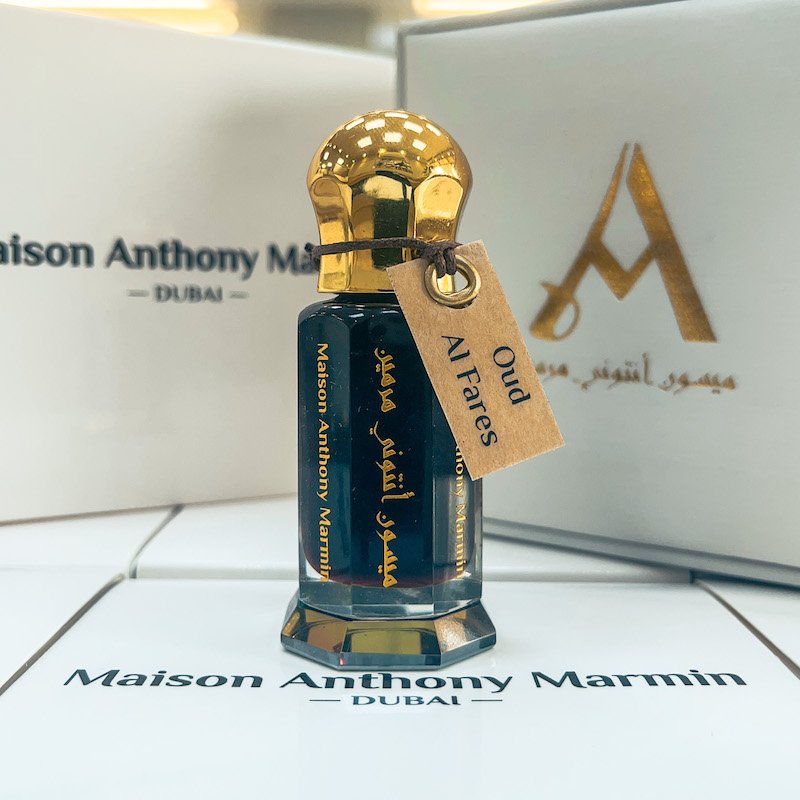Vanilla in Perfumery
The Origins of Vanilla
Vanilla, derived from the orchids of the genus Vanilla, primarily Vanilla planifolia, has its roots in Mesoamerica. The Totonac people of Mexico were among the first to cultivate the vine, using it as a flavoring. It was later adopted by the Aztecs and eventually introduced to Europe by Spanish conquistadors in the 16th century.
The process of extracting its essence is labor-intensive. The flowers must be pollinated by hand, and the resulting pods are cured over several months to develop their characteristic flavor and scent.
Vanilla in Perfumery: A Scent of Comfort and Complexity
In perfumery, vanilla is valued for its sweet aroma. Its versatility makes it a popular choice for a wide range of fragrances. Vanilla's richness adds depth and warmth, acting as a backdrop that enhances other notes.
The Chemistry of Vanilla
The main component of vanilla's aroma is vanillin, responsible for its distinctive sweet and creamy scent. However, natural vanilla extract contains various compounds, contributing to its complexity and depth. This complexity cannot be fully replicated by synthetic vanillin, which is why high-quality perfumes often use natural vanilla despite its higher cost.
Uses of Vanilla in Perfumery
Today, vanilla is a key ingredient in many scents. It is used in various ways:
As a Base Note: In many fragrances, vanilla is used as a base note, providing a sweet foundation that connects lighter top and middle notes.
To Add Warmth: Even in small quantities, vanilla can add a sense of warmth and depth to a fragrance, enhancing its overall appeal.
Vanilla, altough simple, can be crucial to make the perfect scent. For example, in our Oud Al fares, this ingredient lends its sweetness to the attar which gives it perfect balance.


